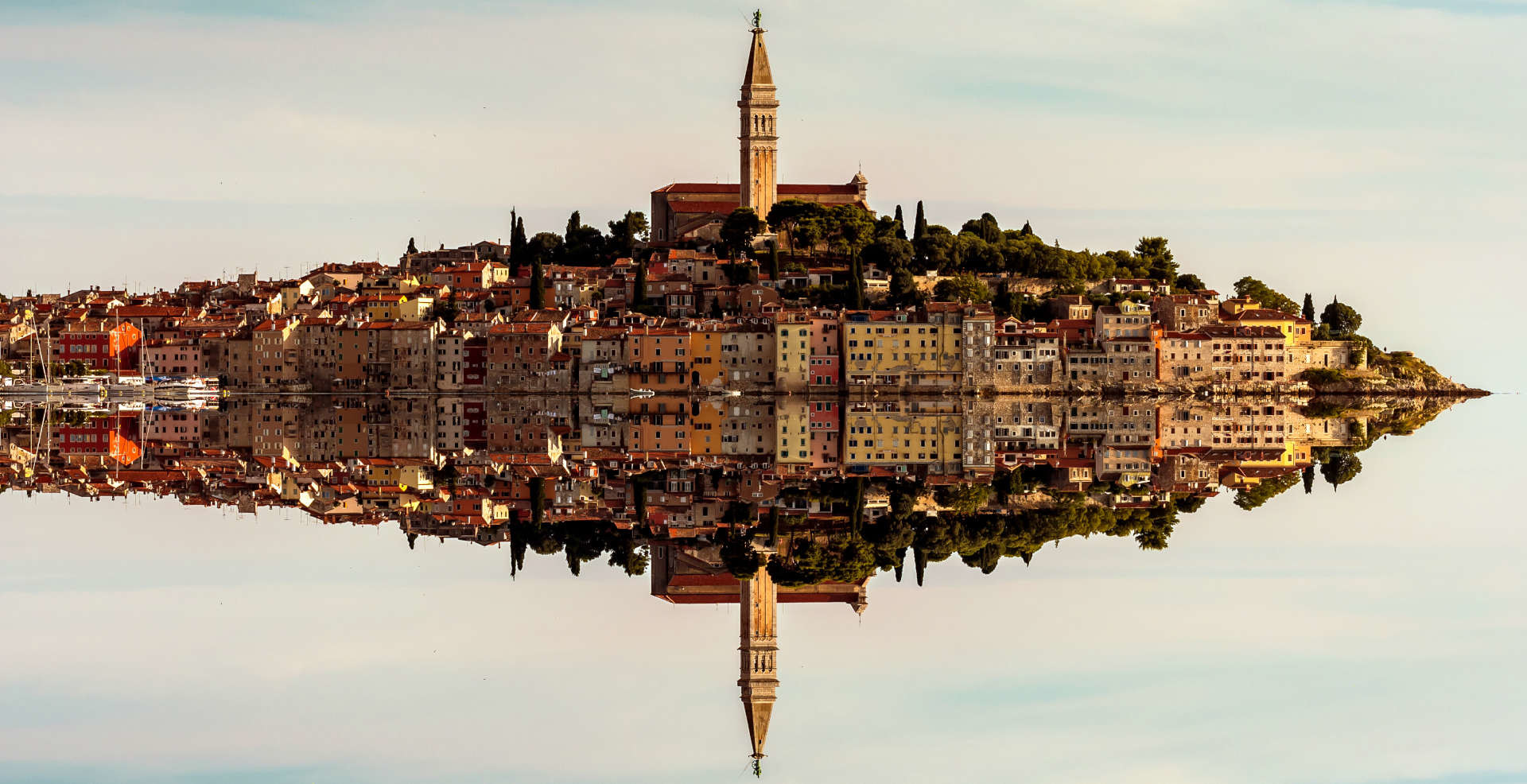
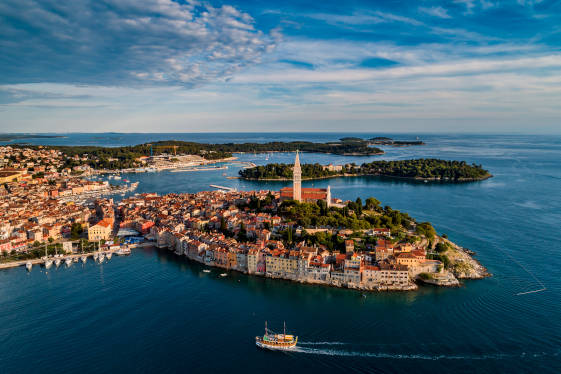
Rovinj is a small, picture-perfect city on the western coast of the Istrian peninsula. Rovinj has a rich history and it has developed from a small village to one of the main tourist destinations in Croatia. Rovinj is mentioned for the first time as Castrum Rubini in the seventh century and has since then been a part of The Roman Empire, Byzantine Empire and Frankish Empire before it was governed by the Republic of Venice for over 500 years during what time town fates were constructed and their remains can still be seen today! After the fall of Venice, Rovinj became the part of the Austrian Empire till the end of World War I and afterwards belonged to Kingdom of Italy until it was ceded to Yugoslavia in 1947. Following Croatia’s independence in 1991, it became one of the most important parts of Istria County.
Old Town Rovinj is the most interesting part of the city. The Old City shows many influences, Romanesque-Gothic, Renaissance, Baroque and Neoclassical, further confirming the rich history Rovinj has had. It is famous for its tall, narrow houses and plethora of small squares in between them. The city is very vibrant and inviting, making it a perfect place to explore.
Although the old town is small, you will have a lot to explore moving through the labyrinth of little streets full of art galleries, caffes and restaurants. Take a moment, grab a bite or a cup of coffee and breathe in this artistic Rovinj breeze. Balbi’s arch is just one of the charming landmarks that makes you forget about the time. If that happens, and you lose the track of time, just look at the city clock, placed on top of the tower, once a fort build for Rovinj’s defence. Rovinj Heritage Museum founded in 1954 exhibits modern and classical art, archaeological findings, books and antiques of all kind. City Port is unquestionably the best place to take the photos of the old town and admire it from a distance. When you notice you have been walking in circles or start seeing the same landmarks again and again it is time to move up the hill to St. Euphemia Cathedral. Make sure to treat yourself with a piece of jewellery or a souvenir on the way from one of many artistic galleries. It is said that St. Euphemia Cathedral is a replica of St. Marco's cathedral in Venice. Location will reward you with the perfect view. If this is not enough you can climb the cathedral tower, 60 m above ground and get a higher perspective of the area.
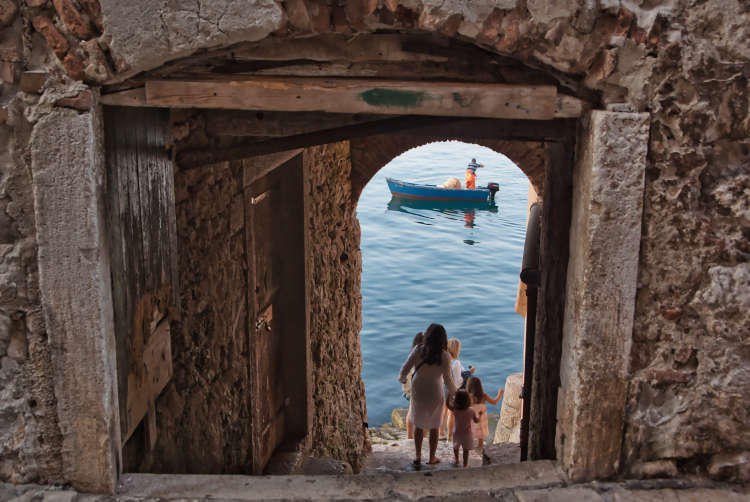
After the hights it’s best to go down to the coast. You can visit some of the beautiful beaches or take the traditional Batana boat, reminder of Rovinj's long fishing tradition.
If you go south Rovinj's coastline will surprise you with bays and beaches rocky and pebbly. Borik, Amarin, Valdaliso, Porton Biondi, Baluota stand at your choice of preference.
Short boat ride will take you to the island of Sv. Katarina, one of the most beautiful islands in the Rovinj archipelago. East side of the island offers most visited beaches, mostly rocky with several accessible and attractive bays.
While in Rovinj you can visit the archaeological site of Monkodonjo that dates back to the Bronze Age, situated 5 km east of Rovinj. If you prefer climbing the rocks Punta Corrente Park, is your place to go. All climbing routes are bolt-fixed on sharp hard limestone rocks, many of them are suitable for beginners. Rovinj is also a perfect location to go birdwatching, diving, cycling, kayaking or a dining at one of the luxurious hotels or partying at beach bars.
Rovinj is amazing as a sailing destination considering the archipelago of Rovinj consisting of 22 small islands and islets, including the beautiful St. Andrew and St. Catherine!
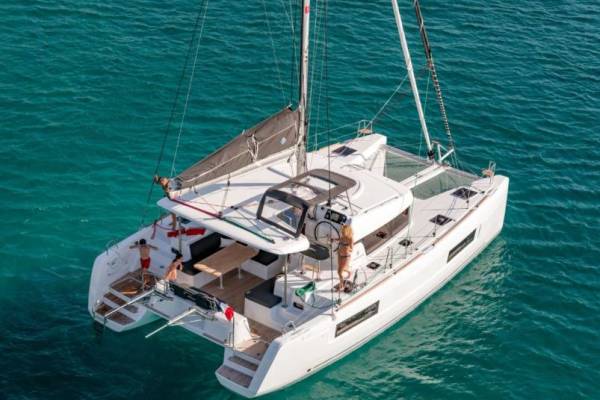 -48%
-48%
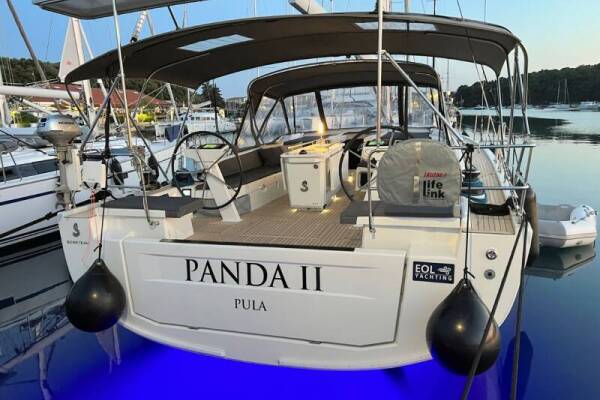 -40%
-40%
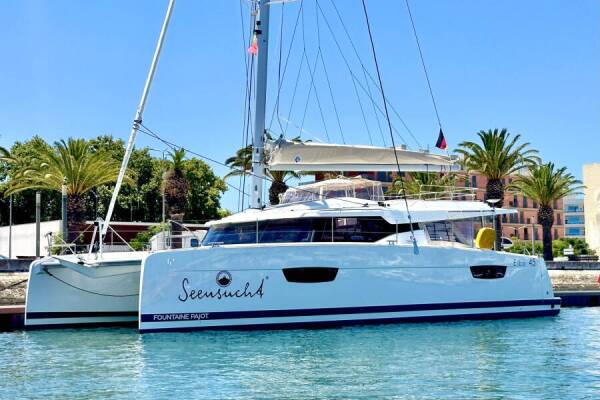 -28%
-28%
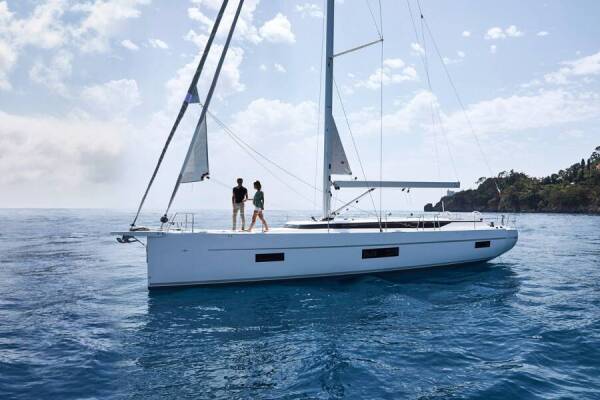 -35%
-35%
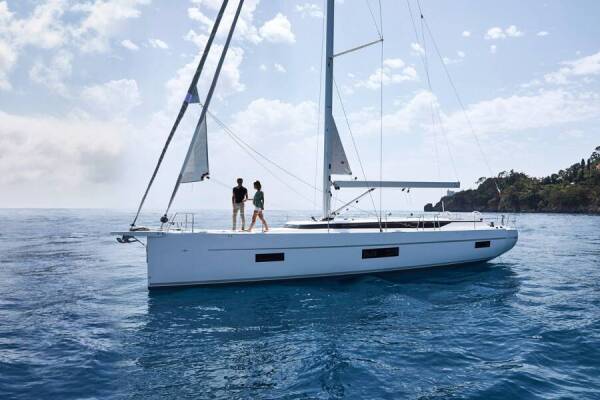 -35%
-35%
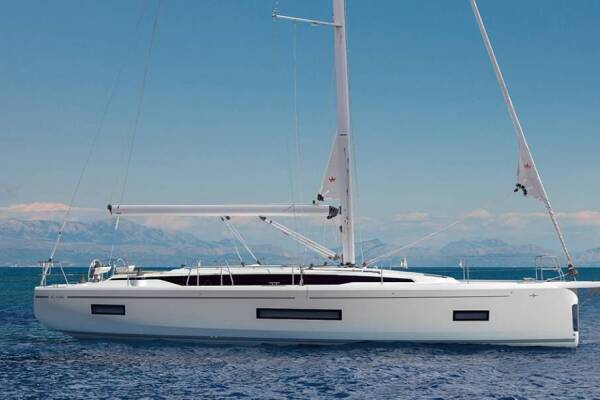 -40%
-40%
 -40%
-40%
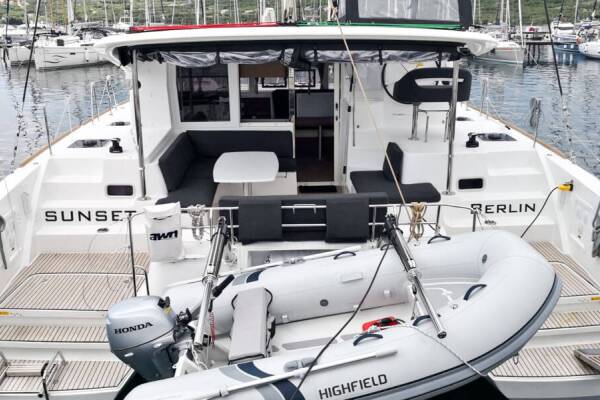 -40%
-40%
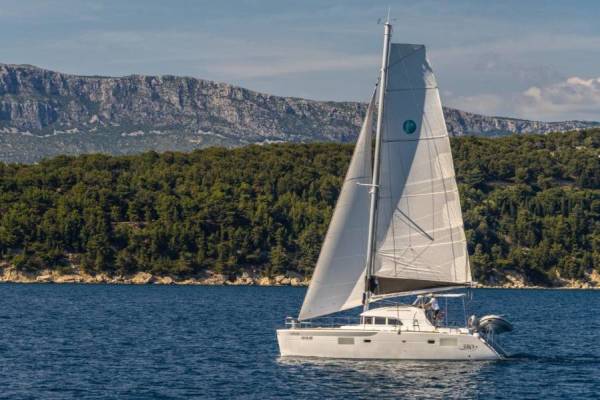 -45%
-45%
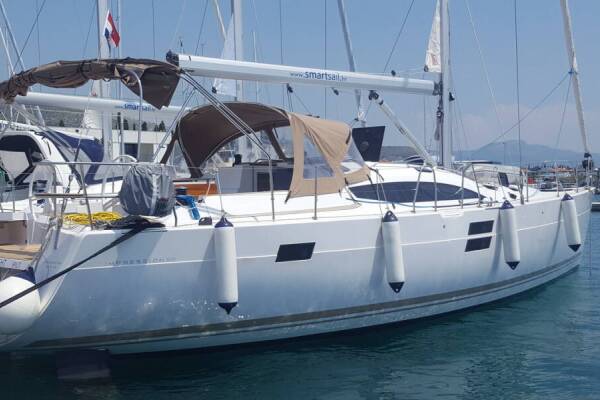 -37%
-37%
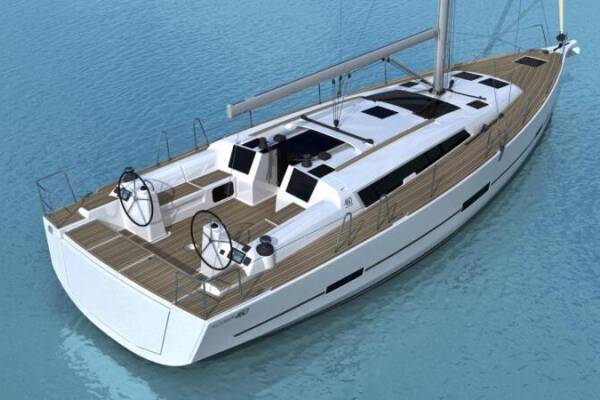 -48%
-48%
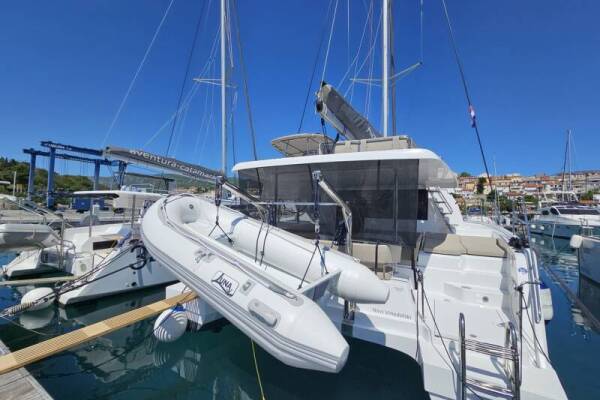 -38%
-38%
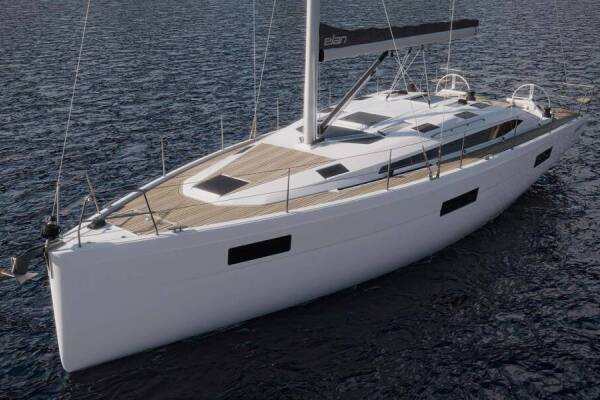 -50%
-50%
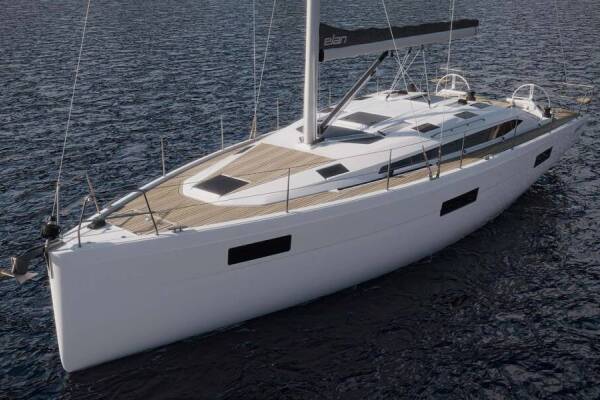 -50%
-50%
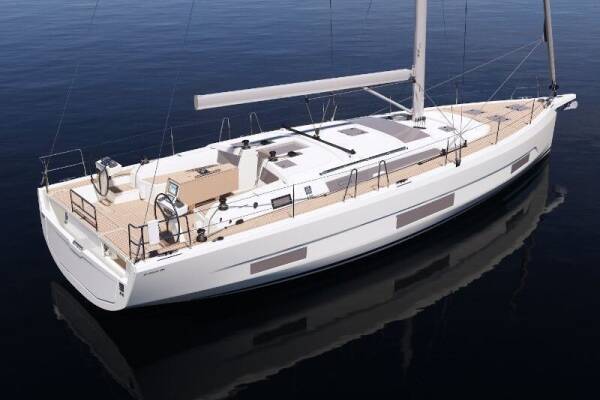 -40%
-40%
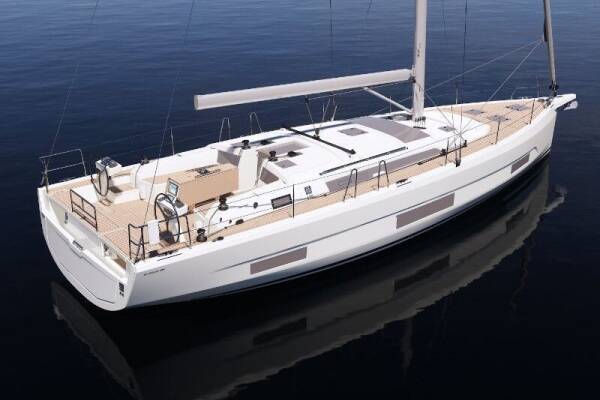 -40%
-40%
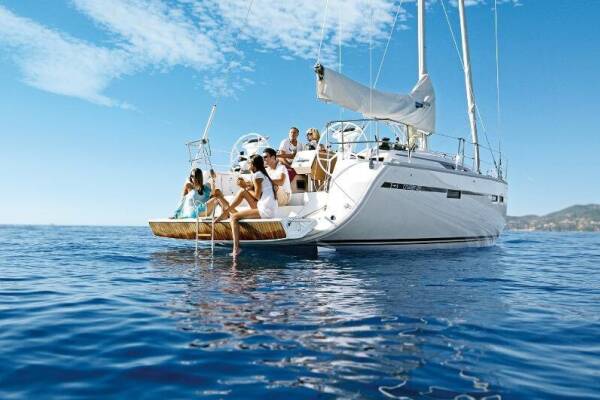 -36%
-36%
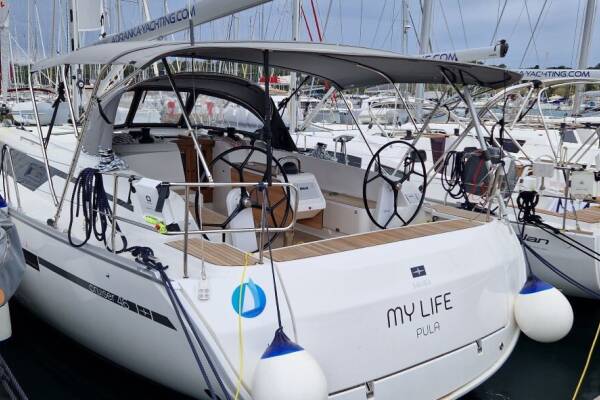 -36%
-36%
 -40%
-40%
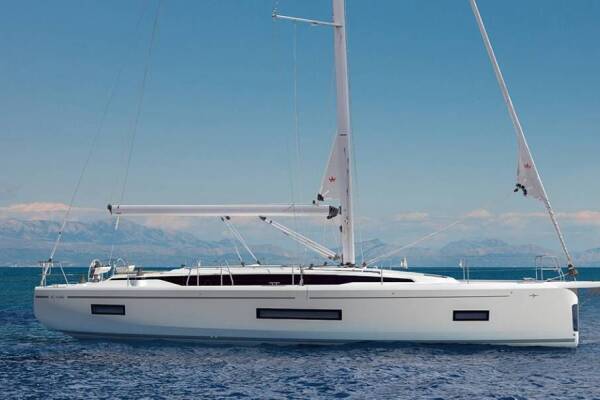 -30%
-30%
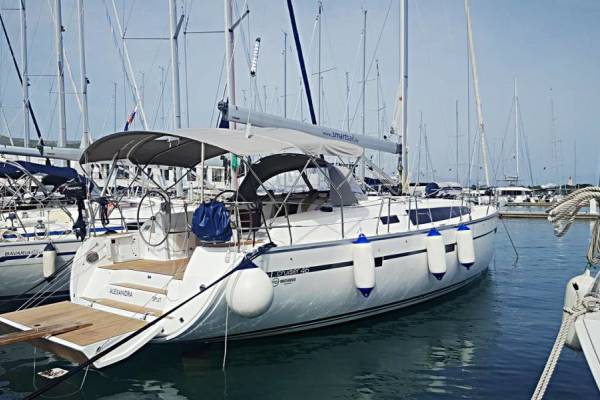 -48%
-48%
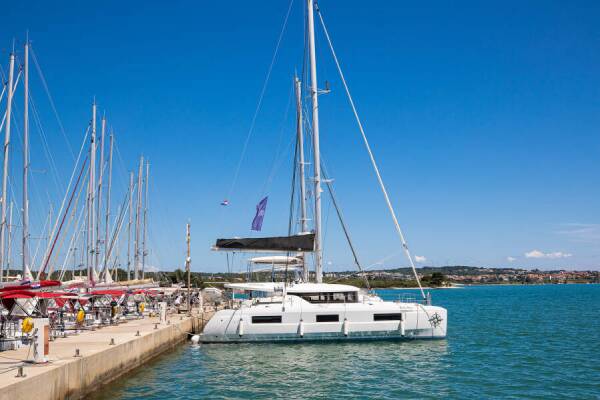 -20%
-20%
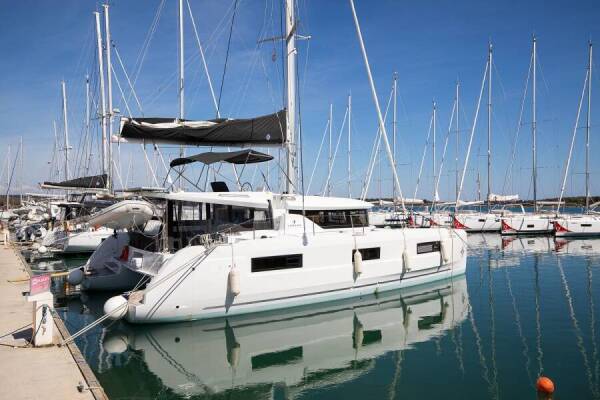 -20%
-20%
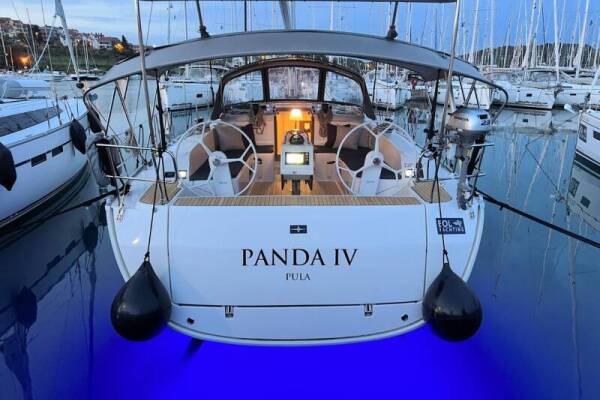 -40%
-40%
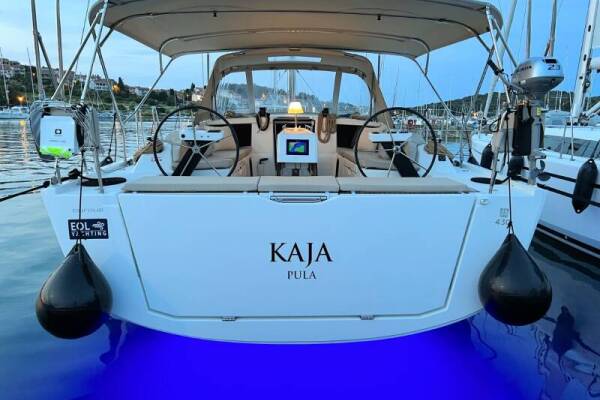 -40%
-40%
 -40%
-40%
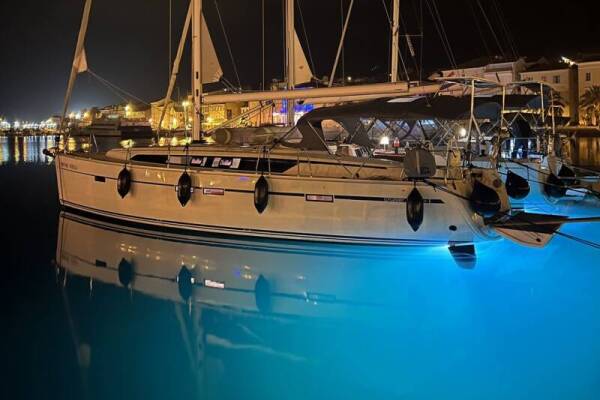 -50%
-50%
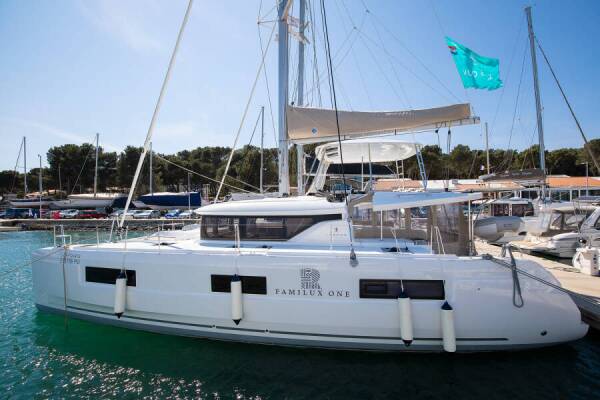 -20%
-20%
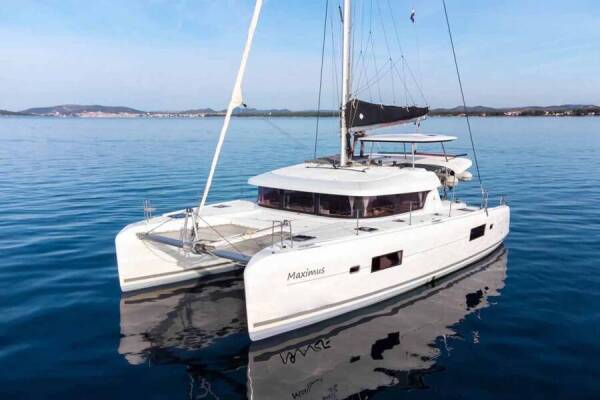 -35%
-35%
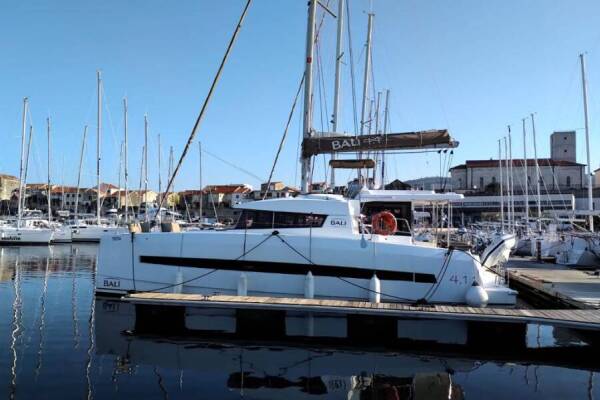 -30%
-30%
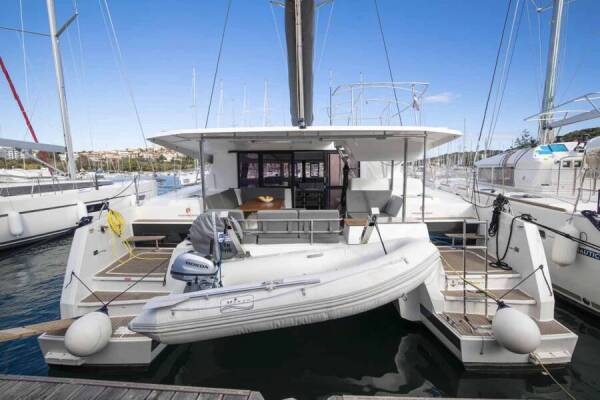 -20%
-20%
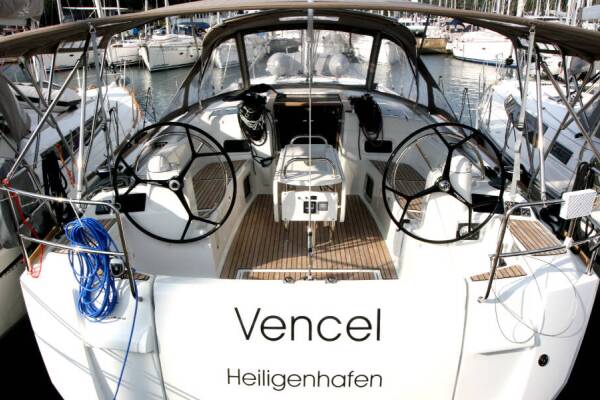 -40%
-40%
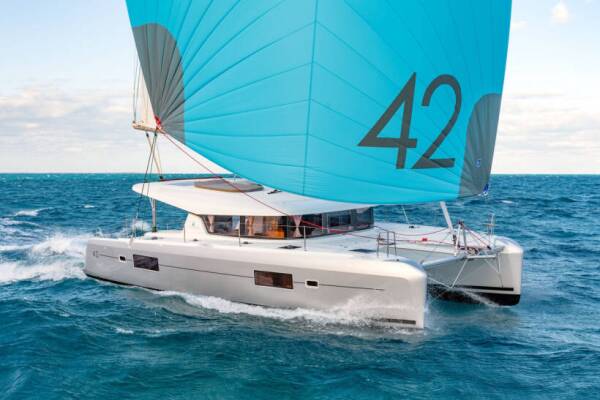 -24%
-24%
 -40%
-40%
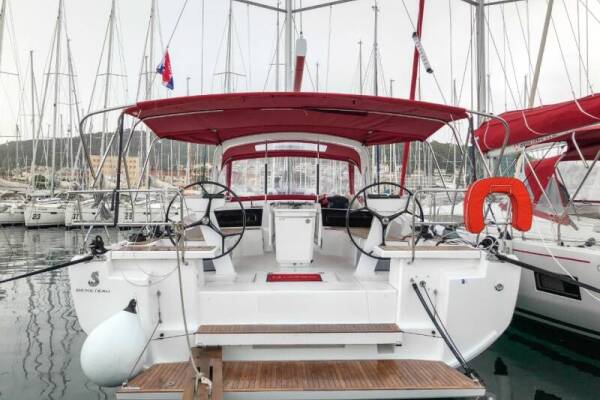 -40%
-40%
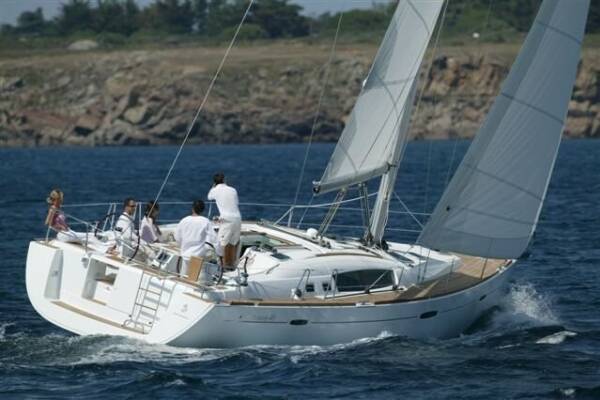 -40%
-40%
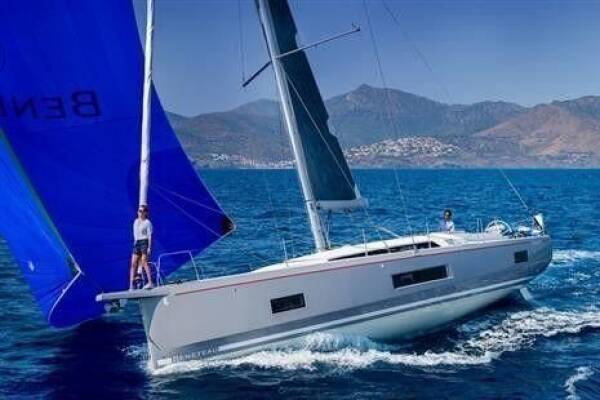 -35%
-35%
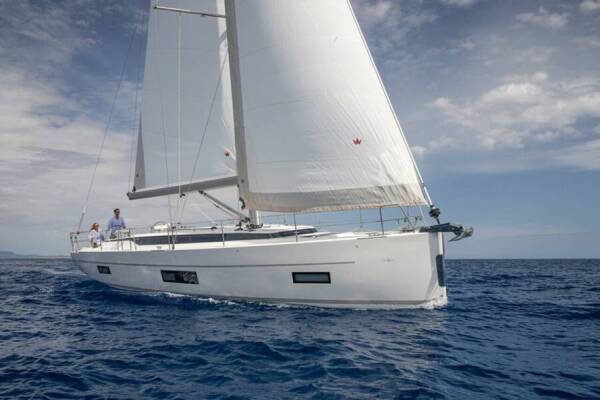 -29%
-29%
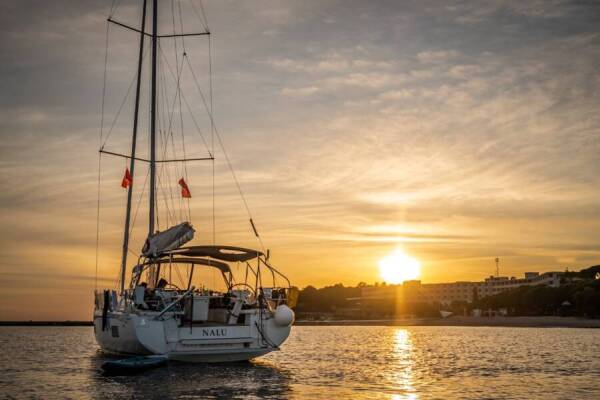 -40%
-40%
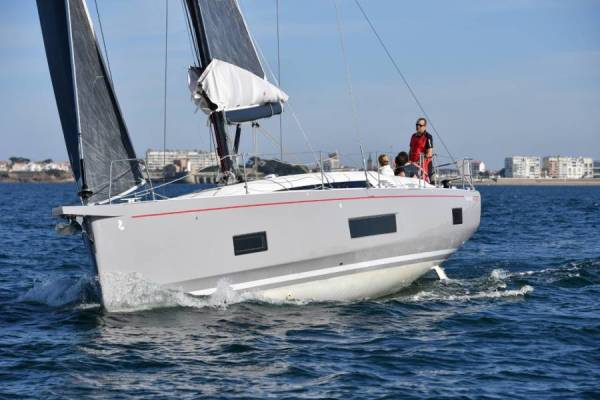 -40%
-40%
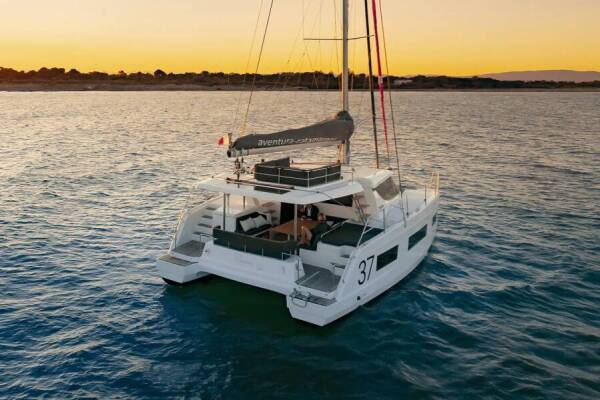 -30%
-30%
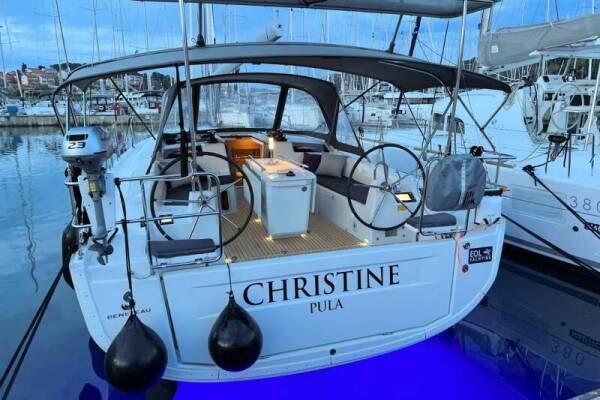 -50%
-50%
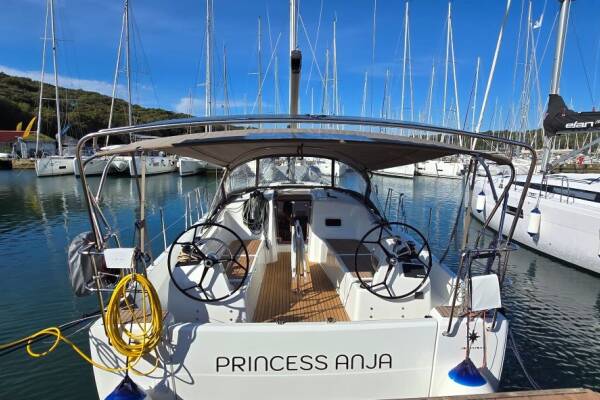 -50%
-50%
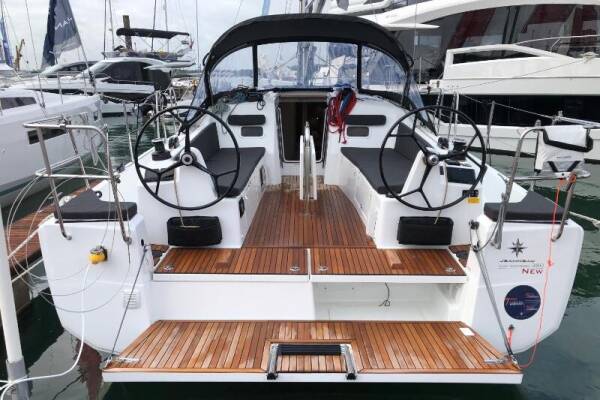 -50%
-50%
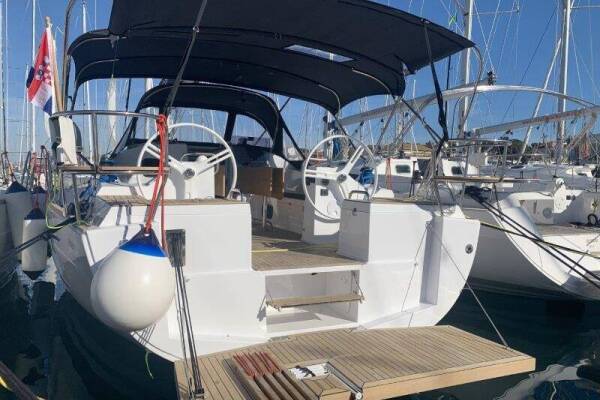 -40%
-40%
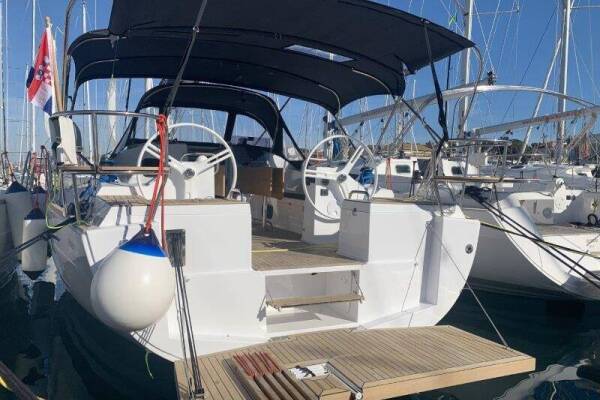 -40%
-40%
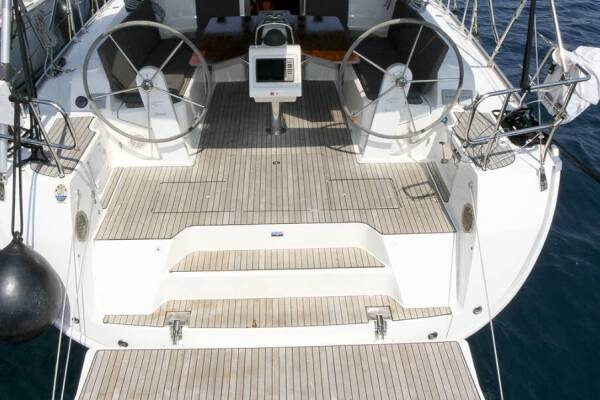 -40%
-40%
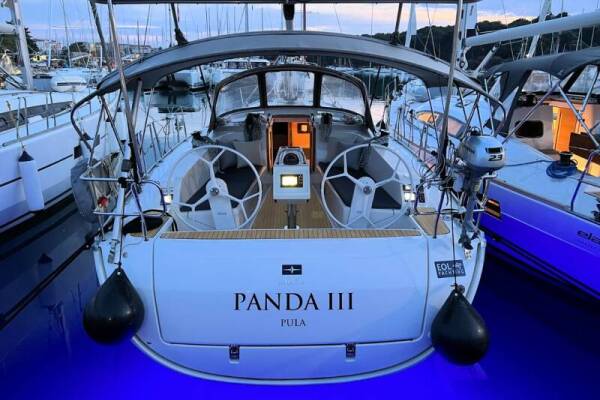 -40%
-40%
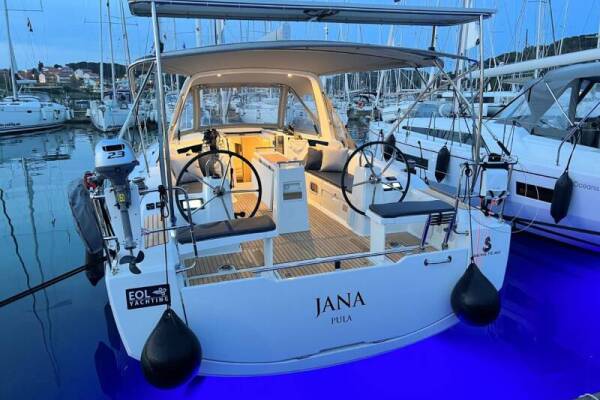 -40%
-40%
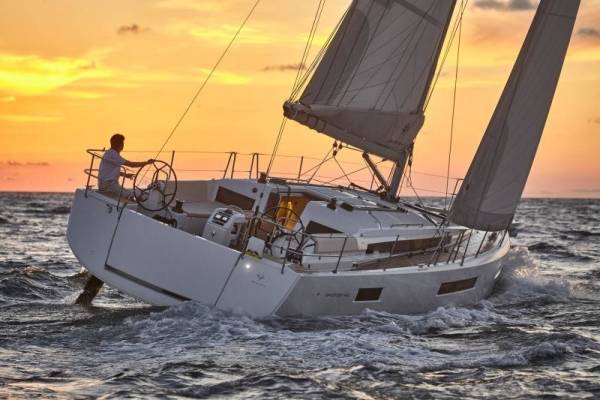 -40%
-40%